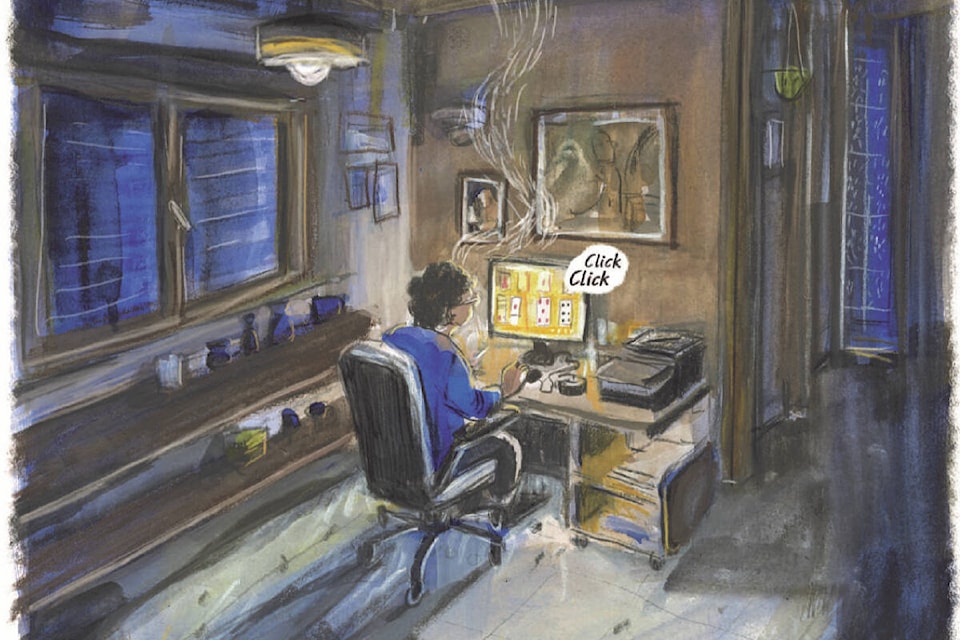Holocaust survivors and artists have completed a University of Victoria-led graphic novel series that aims to make the murder of six million Jews in the Second World War an easier topic to raise with younger audiences.
The autobiographical book, But I Live: Three Stories of Child Survivors of the Holocaust, has united four survivors and three graphic artists to offer a compilation of historical essays and first-hand accounts from the Holocaust.
Charlotte Schallie, chair of UVic’s Germanic and Slavic studies department, specializes in Holocaust history and worked with the contributors for two years to focus the book on lesser-known accounts and a survivor-centred approach.
ALSO READ: Got extra tree branches to spare? Wild ARC looking to make animal enclosures
“The question is how we can learn about [the Holocaust] in a thoughtful, trauma-informed way,” she said.
The account contributed by Canadian Holocaust survivor David Schaffer, for example, addresses less talked about themes like resistance.
“It’s the story of resisting by surviving and resisting by disobeying orders,” Schallie explained.
Other themes from the book’s three stories include the effects of trauma on Holocaust survivors’ descendants and the importance of letting survivors share their own stories.
Whereas the Holocaust tried to silence the voices of Jews and other targeted groups, the book makes it a priority to amplify the accounts of survivors while they’re still alive to share them. Schallie said most remaining survivors are now in their mid-80s, meaning every last eyewitness account from the Holocaust could disappear in the next 10 years.
She recognized that in Canadian high schools, where studying the Holocaust isn’t mandatory, teachers don’t always have time to address the matter. She added it can be a challenging topic for teachers to address when they do have time.
“We really want to teach this in a human-rights framework.”
Schallie also said first-hand accounts of the sheer violence experienced during the Holocaust could easily overwhelm students - or may even be too horrific for survivors to adequately express.
“What if the memory is so violent it cannot be represented?”
The project received limited funding, but Schallie said it was a “really process-based” endeavour that required the trust of everyone involved, particularly the survivors.
ALSO READ: Victoria Hospitals Foundation raises $430,000 for new surgery equipment
She expressed gratitude for the additional support they received from the Ravensbrueck Memorial in Germany, Anne Frank House in Amsterdam and Vancouver Holocaust Education Centre.
She said the survivors she worked with approached the telling of their stories very thoughtfully and never simply as monologues.
“It showed me really how relevant it is to work with survivors.”
Schallie said the book was a beautiful and meaningful project and a team effort where both the storytellers and artists taught each other something new. For youth and young adults especially, she expects the graphic novels will keep readers fully engaged on an often dark and sensitive topic - as well as bring them to quietly reflect and contemplate it.
“The graphic novel you can never passively consume. You have to sit down and read it.”
The book was published May 30 at the University of Toronto and is available at utorontopress.com.
Do you have a story tip? Email: evert.lindquist@blackpress.ca. Follow us on Twitter and Instagram, and like us on Facebook.


.png;w=120;h=80;mode=crop)
